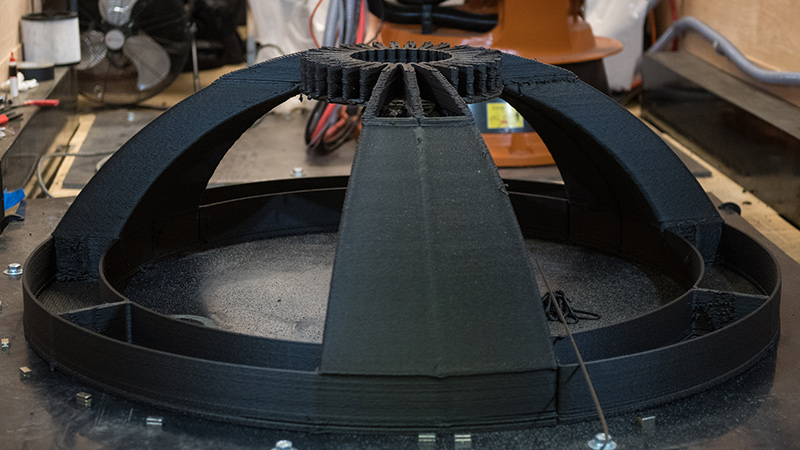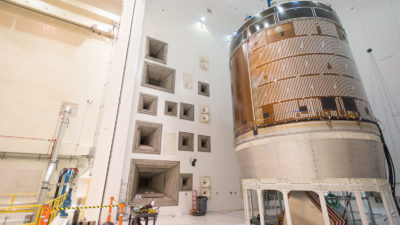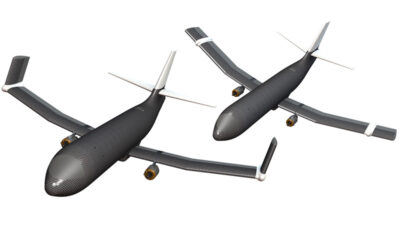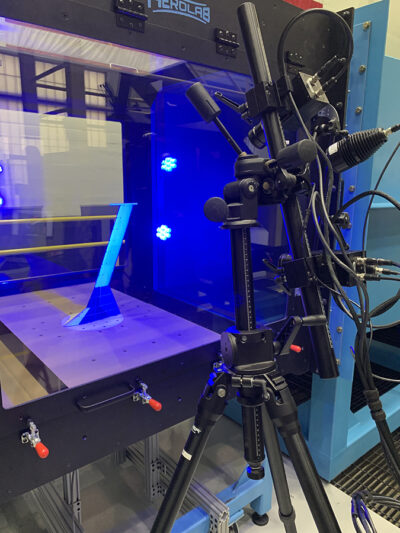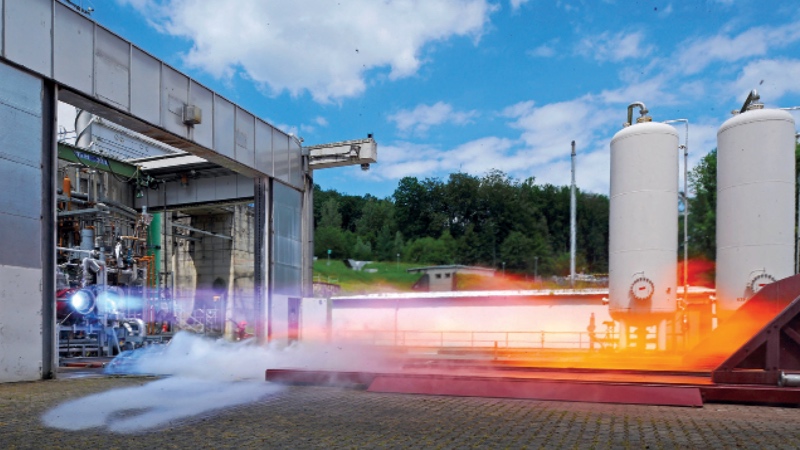In-situ projects span from habitats to Andy Weir’s “Oxygenator”
By Michael Hecht, Forrest Meyen and Justin Cyrus|December 2017
The Space Resources Technical Committee advocates affordable, sustainable human space exploration using nonterrestrial natural resources to supply propulsion, power, life-support consumables and manufacturing materials.
Space instruments and missions demonstrating in-situ resource utilization, or ISRU, are preparing for launch in the next few years, and industry-NASA partnerships to develop off-world resource utilization technologies are flourishing. The challenge of overcoming the gravity well — for both landing and launch — continues to drive the field, with emphasis on processing both carbon dioxide and water resources for propellant production.
At NASA, the Mars Oxygen ISRU Experiment, or MOXIE, passed critical design review in May and is on track to test carbon dioxide-to-oxygen conversion on Mars as a payload on the Mars 2020 Lander. A collaboration among the NASA Science, Human Exploration and Operations, and Space Technology mission directorates led by the Massachusetts Institute of Technology and built by NASA’s Jet Propulsion Laboratory, MOXIE is a scale model of the “Oxygenator” described by Andy Weir in “The Martian.”
A mission definition review for Human Exploration and Operations Mission Directorate’s Resource Prospector is scheduled for 2018; the drill (built by Honeybee Robotics),
spectrometer (built by NASA’s Ames Research Center) and volatile analysis system (built by
NASA’s Johnson and Kennedy space centers) passed integrated thermal vacuum tests and demonstrated low-level water detection capabilities in 2017. The directorate also announced a new ISRU Technology program focused on component, subsystem and system maturation in the areas of water and volatiles resource acquisition and processing. The Space Technology Mission Directorate’s NASA Innovative Advanced Concepts program announced support of advanced efforts ranging from asteroid mining to space tethers.
Universities continue to advance ISRU technology and education. In August, Bradley University ran the NASA 3D-Printed Habitat Centennial Challenge Phase 2 competition in Edwards, Illinois, and Colorado School of Mines announced its 2018 debut of the first graduate program devoted to exploration, extraction and use of resources in space. Missouri University of Science and Technology, the Colorado School of Mines and the University of Hawaii worked on developing technology to extract water from carbonaceous asteroids. Michigan Technological University teamed with JPL to demonstrate water extraction on Mars from gypsum and partnered with Honeybee Robotics to develop rock-welding technology for landing pad construction.
Startups in the nascent field of deep space mining are progressing from studies to flight demonstrations. Seattle-based Planetary Resources, buoyed by a 25 million-euro investment from the government of Luxembourg, completed launch readiness for Arkyd 6, its second technology demonstration spacecraft. California’s TransAstra Corp. announced in April receipt of a NASA Tipping Points award to demonstrate asteroid tracking technology in space and a separate award to develop an optical mining testbed on Earth.
Luxembourg’s Chamber of Deputies followed up its investment in Planetary Resources by passing a law in July recognizing the right to space-based resources. And Team Hakuto, Japan’s ISRU-themed competitor for the Google XPRIZE, signed a rideshare agreement in December 2016 with India’s Team Indus to send a rover to a permanently shadowed region of the lunar surface in search of water ice by the end of 2017.
Contributor: Julie Kleinhenz works at the Massachusetts Institute of Technology.

